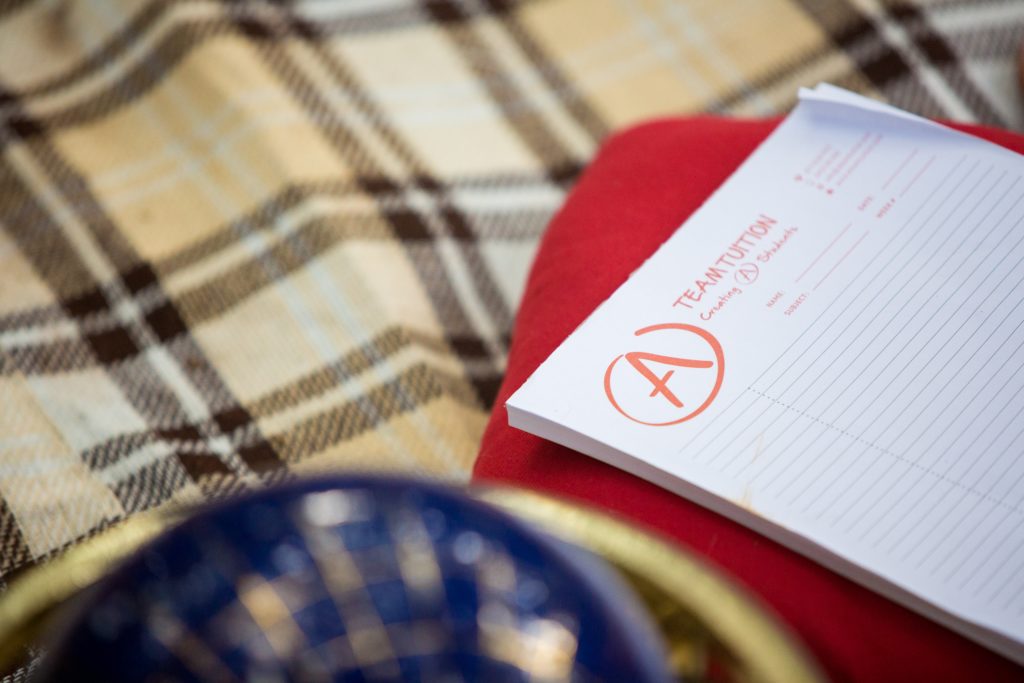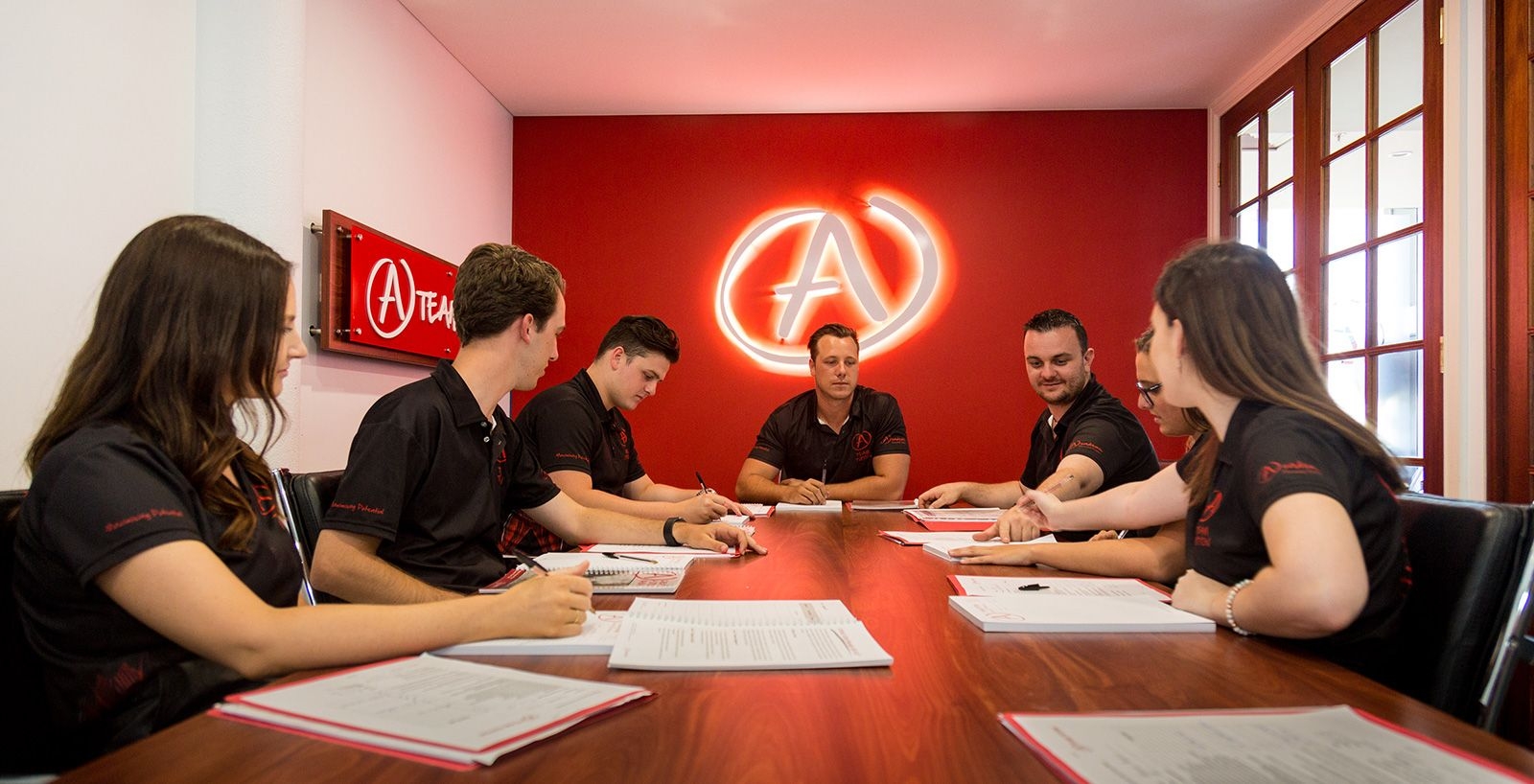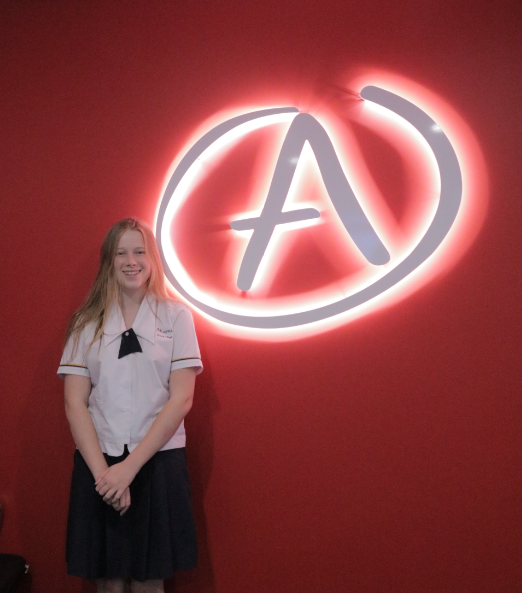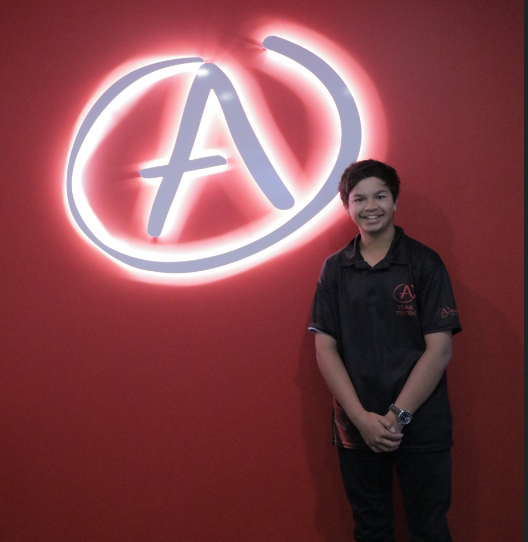For students dreaming of becoming a doctor, pharmacist, engineer, concreter, painter or even a chef, you will have to be very familiar with Chemistry as it’s a subject that you will end up using on a daily basis in your chosen career. Chemistry forms the building blocks of life. It is a subject that is traditionally viewed as difficult because of the complex nature of chemical reactions and the unfamiliarity of the new language. This is usually where students crumble in Chemistry but with the right tools you’ll be on the track to success in no time!
Chemistry is far more theoretical than most people imagine. The theory studied in Chemistry, particularly at a High School level, is the starting point to the practical work that will come as students transition into the careers that were mentioned at the start of this blog. Whenever a Doctor prescribes a drug, they will always consider the chemical properties of the drug and how it will interact with the human body. This is just one example of Chemistry in action! Through this subject you will learn how to view the world in a different light, and appreciate the complex nature of the world we live in.
So without further ado, put on your safety googles and let’s get started on how you can ace Chemistry at school!
Tip 1: Know the history of Chemistry

In order to grasp the theoretical concepts that are studied in Chemistry, it is important to understand the history behind them. One fundamental principle of Science is that every concept or idea that you learn is based on a ‘theory’. By a theory’s very nature, we cannot definitively say that we ‘know’ something. For example, the structure of an atom cannot be known for certain. The development of the theory on the structure of atom started in the early 1800’s by John Dalton, but it has continued to develop and change through scientific experimentation up until 1918 when Neils Bohr proposed the current theory that is still used and accepted today. That’s not to say that it’s not still being experimented upon though! Just like the structure of an atom, it is only through experimentation that we can devise a theory to explain ideas. This applies for many Scientific principles and is a common theme across Science. Having a baseline understanding of Scientific history will allow you to know why scientists believe an atom has the structure it does, and maybe one day you’ll disagree and devise a ground-breaking experiment that wins you a Nobel Prize! Until you do, it is essential that you know to learn the theories that have preceded you!
Exam questions will often ask you to distinguish between the different atomic models by Dalton, Bohr and Thompson. Being able to describe the difference between these ideas is important and so is understanding how each model developed and extended or differentiated from another theory. Pay attention to the history, as it is only on the shoulders of giants that we can see further
Tip 2: Learn the Periodic Table using songs and mnemonics

Fundamental to your understanding of Chemistry lies the periodic table. Live it, love it, and learn it. Know what the different groups are. If you can memorise the first 20 elements of the Periodic Table, then this will aid you greatly. I used a funny song to remember it in Grade 9 and I still remember it now! Pay attention to the patterns within the Periodic Table, know your valence electrons and remember how to draw the shells.
The mnemonic that I use to remember the elements within the Periodic Table is, “Harry heard little Betty bought chocolate nibbles on Friday, near Nanna’s magical albatross. Silly people should clean around king’s castles.”
Every letter at the start of each word within this mnemonic corresponds to the first letter of an element. By knowing this pattern, you can arrange the Periodic Table on a scrap sheet of paper. Once you learn the columns of the periodic table and if it’s an Alkaline earth metal or a Halogen (groups within the periodic table), then you can determine the properties of the element, the valence electrons or determine if it will be an ionic or covalent bond.
Many people also use songs to recall the elements of the periodic table, particularly if they are not familiar enough with the chemical symbols. This song is useful if this is you! Remember that you will only need to memorise the first 20 elements (which is up to 0.29 sec in this video). Perhaps you can practice the song with a friend!
Tip 3: The secret to success is using formulas!
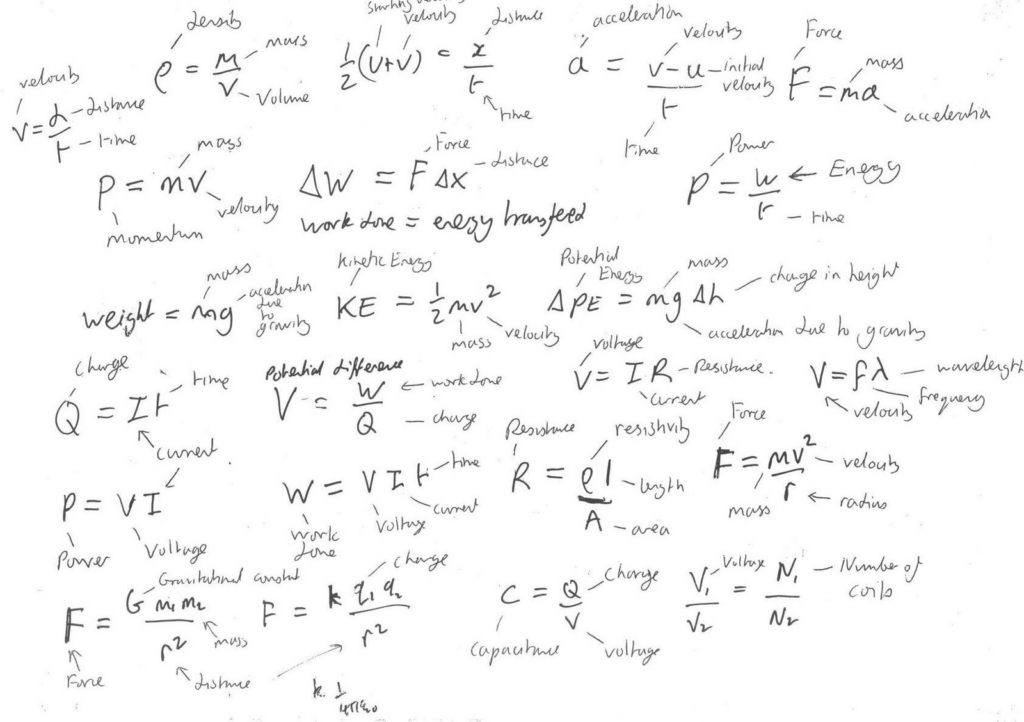
Conversion of known variables into the appropriate unit is one of the most common and disastrous errors I see students make. Even if you have correctly identified the correct equation and the variables, if you fail to use the correct units, then you simply won’t get the right answer! The easiest way to avoid this is to know what the SI units (International System of Units) are for each of the equations and keep track of them in your notebook. If in doubt, ask your teacher to explain the method of conversion or simply google the ‘SI units of equation XX’.
For example, if you are asked to calculate the force required to accelerate a race car that has a mass of 1.7 tonnes in a straight line at 1.8m/s2, the equation is F = ma. Here, F = the force in Newtons (N), m = the mass in kilograms (kg), and a = the acceleration in meters per second squared (m/s2).
If we calculate f where the mass is to be expressed in tonnes, the equation will be:
F = 1.7 x 1.8 m/s2
F = 3.06 Newtons
However, if we convert the mass into kg, then 1.7 tonnes = 1,700 kg. Accordingly, the equation will be:
F = 1,700 x 1.8 m/s2
F = 3,060 Newtons.
As you can see, there is a significant difference in the answers! It is important to always pay attention to the SI units when using an equation and to convert them before plugging them into the equation! A simple mistake like failing to do this, can affect your marks greatly!
Tip 4: Know how to write Extended Experimental Investigation (EEI) and Extended Response Questions (ERQ)
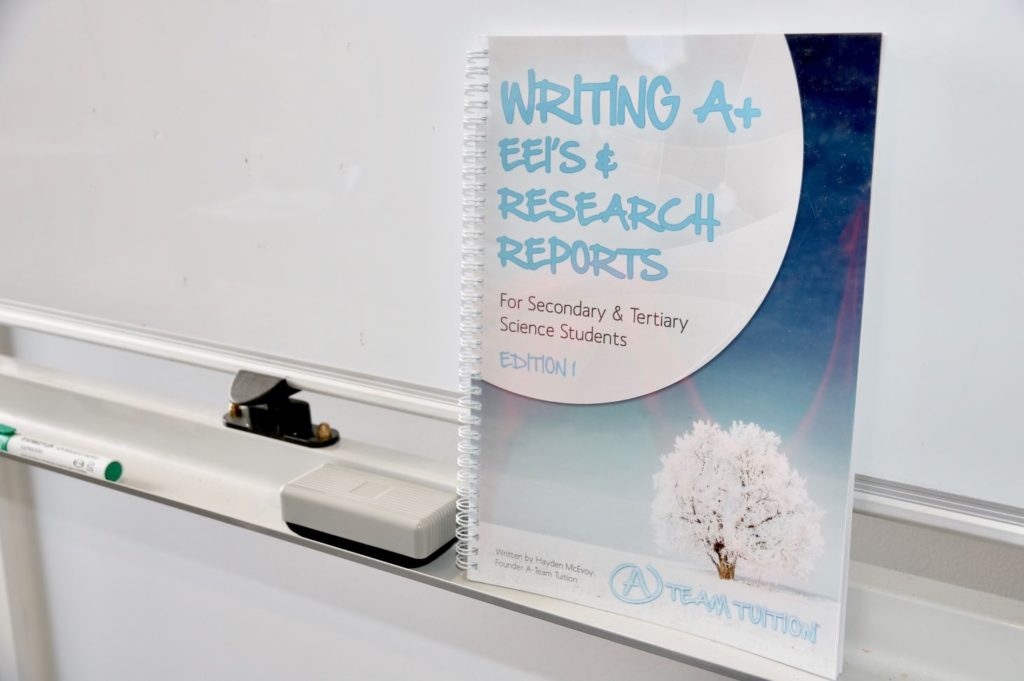
One of the biggest challenges faced by students while writing an EEI or an EQ is the research component of the task. Before starting assignments of this magnitude, students should develop research questions to aid in their searching. This is just one of the many steps students should take to jump towards an ‘A’ grade. Many students lose marks because they struggle to 1) breakdown the question posed for the task and 2) struggle to develop research questions appropriately before narrowing their search down to a particular sub-topic. Before you start writing or experimenting, try to spend a day just breaking down your questions and reading as widely as possible before narrowing your search.
Remember, you need to see the whole picture before you can start putting the jigsaw pieces together! So read widely, watch YouTube videos on the topic and ask questions if you don’t understand something - peers, tutors and teachers are all excellent resources! Once you know your topic, it is much easier to decide where your findings should go in each paragraph, and how you should best structure and design your experiment for the most effective outcome.
Tip 5: Know different chemical reactions and avoid common errors
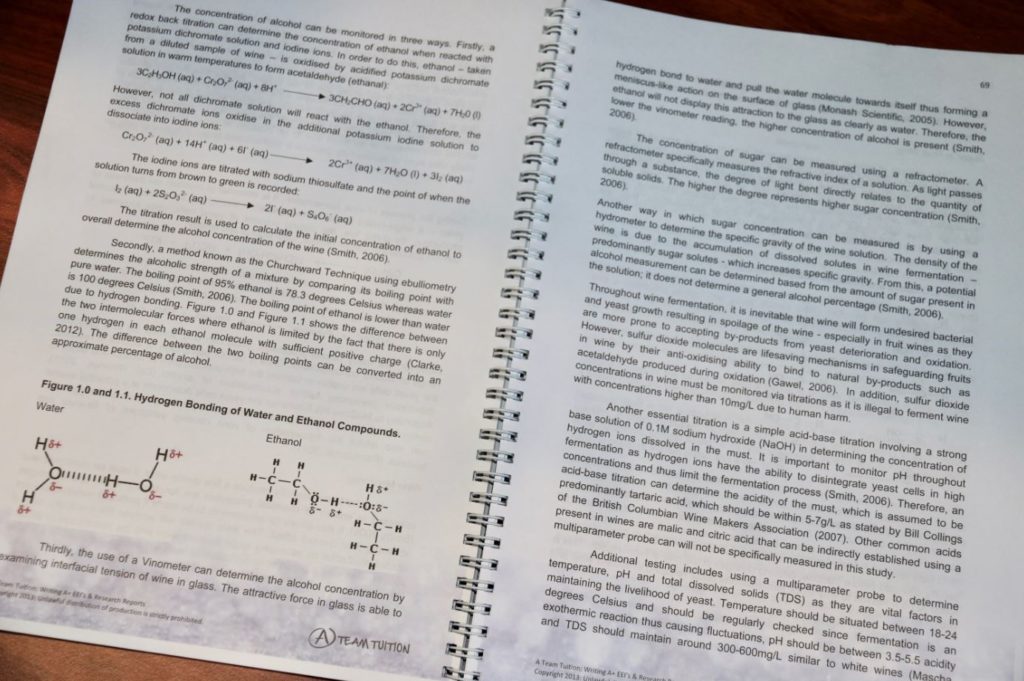
Responding to reactions is a classic question that you will likely find on a Chemistry exam and knowing this area of Chemistry will form the basis of most of the content that will be covered in the subject throughout High School. Often, you will be given either the reactants (starting material) or the products (the end result of a reaction) and be asked to fill in the blanks within the equation.
From my experience, students are generally confused as to how they are expected to know what the missing information is and how to answer questions of this kind. Just remember, there is nothing new under the sun! The reactions will follow predictable patterns which your teacher will run through in class. Decomposition, combustion, redox, and doubles displacement are all common types of chemical reactions that you will cross in your studies. You will most likely be expected to be able to identify these in an exam question. Knowing your Periodic Table and common compounds will really help at this stage! Before doing any calculations, it is always important to check the equation you are working with. Ask yourself: is it balanced? Do the amount of reactants equal the amount of products? If your answer is no, balance the equation first before moving on!
Firstly, count how many elements are on each side of the equation:
On the L hand side Fe = 2, O = 3 and C = 1
On the R hand side Fe = 1, O = 2 and C = 1
Since the numbers are not the same, we know that there are not the same number of products producing reactants. Equations are a scale. What is on one side of the equation, should be balanced on the other side.
To balance the equation, add numbers in front of the elements:
2Fe2O3 + 3C -> 4Fe + 3CO2
Knowing how to do this correctly will come with practice and there are plenty of helpful videos and practice questions online that you can use to help. Sometimes, this balancing act will form part of a question without expressly stating what you are required to do. Thus, it’s important to get yourself in the habit of checking the equations before you do anything with them
Tip 6: Sometimes, experiments don’t go to plan and that’s okay!

As students, and even as future scientists, it is important to acknowledge that we live and experiment in an imperfect world. Heat is lost to the environment, reactants don’t always fully react and sometimes, you just don’t have any idea about what’s happening! This is something that students need to keep in mind when completing assessment. When you’re doing an EEI, you start the experiment thinking you’ll be able to attain specific results and that the data will show XYZ. This is not always the case. Knowing this early on will ensure that you plan appropriately for time when things just don’t go the way you planned them. It is important to do this to ensure that you are not under time pressure to get the report finished. Take a deep breath and look at what you have. Look at the formulas and see what is known and what is unknown. Ask yourself: can you calculate anything with the data you’ve obtained? Can you see where you may have made an error? If so, write about it! Acknowledge where the experiment didn’t work perfectly and where the limitations were present. Identifying these things within your assignment is really what lifts an experiment from a B to an A!
In the discussion of your EEI or practical report write ups, an important point to always include is how the experimental process could have contributed to the discrepancies in the expected results. Was it a result of human error in measuring out products? Did the temperature in the room affect the experiment? This should only form a few sentences in any report (unless otherwise stated by the teacher) but is a fundamental aspect to include to lift the quality of any report.
Tip 7: Work in teams and ask for help!

You’re probably wondering how you’re supposed to identify all your errors, memorise the entire textbook and write an incredible report all within the short ten-week turnaround at school! Well, the biggest resource that you have has to be your peers around you. Even with tutors it can be difficult to really grapple with the concepts you need to know so studying in groups or pairs with your classmates can be effective. Identify someone that wants to achieve the same result as you and plan to work together. Sit together and make study notes or test each other’s knowledge with homemade flash cards. This helps with increasing your motivation to study and helps you identify gaps in your knowledge.
Ultimately, you should walk away from Chemistry understanding more about the world around you. Chemistry is interesting and fun, but it takes time, effort and dedication. Don’t be afraid to ask for help, many people have been where you are right now and pulled through!
The post How To Get An A In Chemistry appeared first on A Team Tuition.
from A Team Tuition https://ift.tt/2NBxgeM
via IFTTT


